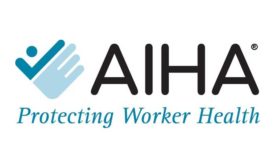Workplace Safety Culture
Maintaining a Civil Workplace
Safety pros can learn about how to maintain a civil workplace from anti-bullying policies at big universities
August 27, 2021
Best Practices
OHS professionals have an active role in diversity and inclusion within workplaces
July 15, 2021
Become a Leader in Safety Culture
Build your knowledge with ISHN, covering key safety, health and industrial hygiene news, products, and trends.
JOIN TODAYCopyright ©2025. All Rights Reserved BNP Media.
Design, CMS, Hosting & Web Development :: ePublishing










